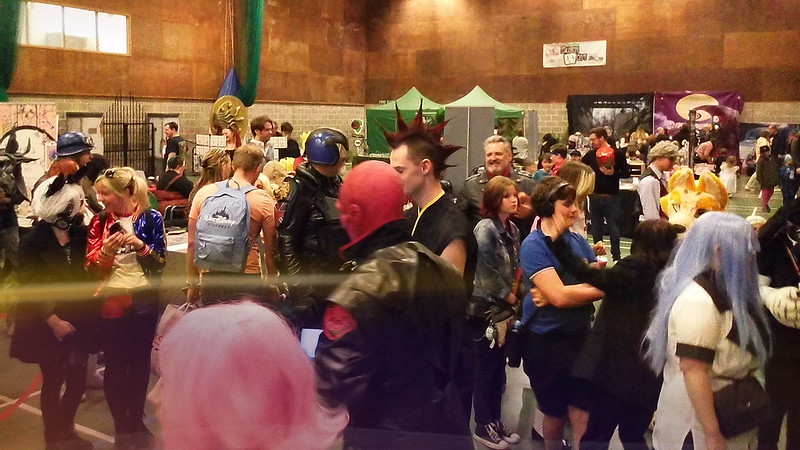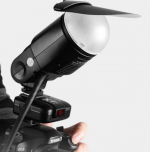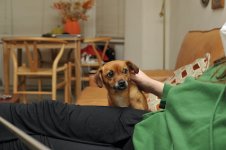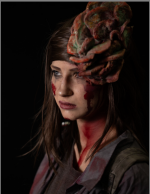LC2
Negan
- Messages
- 10,458
- Name
- Tim
- Edit My Images
- Yes
I've asked this question in the Fuji thread with no answers, so thought I'd open it to the wider lighting forum...
I've been doing a fair bit of indoor event photography, Comic Cons, that sort of thing, for my cosplay friends.
I use flash, defused, but still quite hard - it's run and gun, so dragging a big softbox along isn't really an option. I either use a flashdisc or bounced off a white bounce card.
The problem I have is that obviously flash at ~5600k and indoor light are not the same temperature.
I understand the concept of using gels to bring the flash to the same temperature as the ambient light.
The problem I have is knowing what the ambient light temperature is...
My first thought was setting a custom white balance using a grey card in camera and checking what temperature it has set.
But, try as I might, I can't get my Fuji X-T3 to give me the temperature on the camera (I can get it from Lightroom, but that's after the fact).
I'm not good enough to be able to look at the lighting and know what it is...
1. Does anyone know if there is a way to get the kelvin temp from the Fuji if I set a custom white balance (assuming that this would help me).
2. I'm guessing that a light meter would be able to tell me. can anyone recommend an inexpensive meter.
3. Am I missing something obvious?
Thanks
I've been doing a fair bit of indoor event photography, Comic Cons, that sort of thing, for my cosplay friends.
I use flash, defused, but still quite hard - it's run and gun, so dragging a big softbox along isn't really an option. I either use a flashdisc or bounced off a white bounce card.
The problem I have is that obviously flash at ~5600k and indoor light are not the same temperature.
I understand the concept of using gels to bring the flash to the same temperature as the ambient light.
The problem I have is knowing what the ambient light temperature is...
My first thought was setting a custom white balance using a grey card in camera and checking what temperature it has set.
But, try as I might, I can't get my Fuji X-T3 to give me the temperature on the camera (I can get it from Lightroom, but that's after the fact).
I'm not good enough to be able to look at the lighting and know what it is...
1. Does anyone know if there is a way to get the kelvin temp from the Fuji if I set a custom white balance (assuming that this would help me).
2. I'm guessing that a light meter would be able to tell me. can anyone recommend an inexpensive meter.
3. Am I missing something obvious?
Thanks







